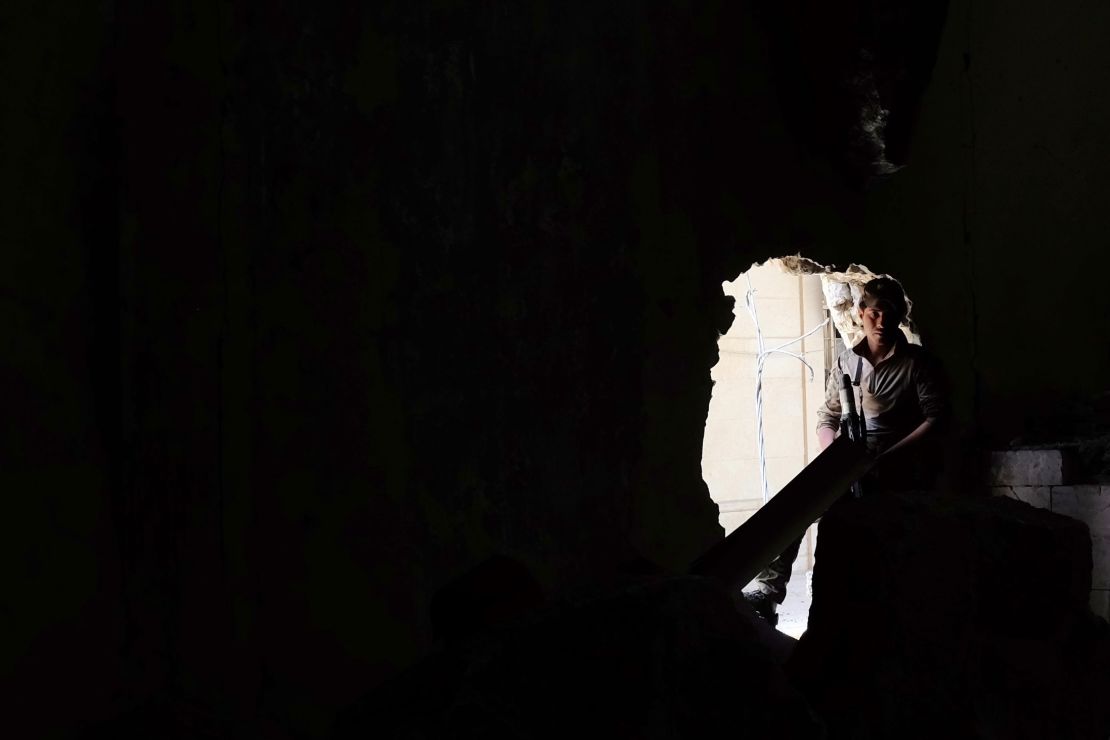Story highlights
At Mosul Museum, ISIS uses vandalism to make a statement
But ISIS may not have destroyed quite as much as it thinks
To get inside Mosul’s museum, you no longer enter through the main entrance, flanked by the capitals of ancient columns. Instead, you scramble over a pile of rubble and duck through a jagged hole in the wall.
You also might want to wear a flak jacket and a helmet, because the museum is just a few blocks from the front line in west Mosul.
Once you enter, you’re confronted with mounds of rubble. They’re all that remains of an lammasu, a stone-winged bull dating back to the seventh century B.C., an iconic symbol of the once-mighty Assyrian Empire.

In February 2015, ISIS posted a video online showing men with sledgehammers and jackhammers destroying one of the museum’s lamassu, and other relics, while others can be seen toppling statue after statue. In typical ISIS fashion, this madness has been edited to include pious songs about idol-smashing in the name of God.
The clip includes a bearded, unnamed man in a black skullcap, who says, “O Muslims, these statues behind me are idols of people from previous centuries who worshiped them instead of God almighty.
“If God has ordered their destruction, they become worthless to us, even if they are worth billions of dollars,” he concludes, followed by more images of vandalism.
ISIS wrecks Mosul Museum
What isn’t included in this archaeological snuff film was the blast that blew a huge hole in the floor. Empty cabinets, their doors clearly wrenched off, are visible through twisted steel bars. The purpose, said Capt. Firas Abbas of the Iraqi Federal Police, was to gain access to the museum vault. The vault contained smaller but valuable artifacts dating back to prehistory through to the Ottoman period. Those items, Firas said, “ISIS took and sold outside Iraq.”
As we spoke, a blast nearby shook the museum. Gunfire crackled nearby.
When the ISIS video was first posted, archaeologists and others reacted with shock and dismay. But scrutiny of the video revealed that many of the statues weren’t stone, but plaster.
In early 2014, months before ISIS’ lightning seizure of Mosul in June of the same year, around 1,700 items from the museum’s total collection of 2,400 were moved to Baghdad, not because anyone had any inkling of what was to come, but because the Mosul Museum was set for a major facelift.
In other words, many of the statues smashed by sledgehammer-wielding ISIS fanatics were fakes. A quarter of the museum’s collection is lost, like the massive lamassu, but the rest got away.









